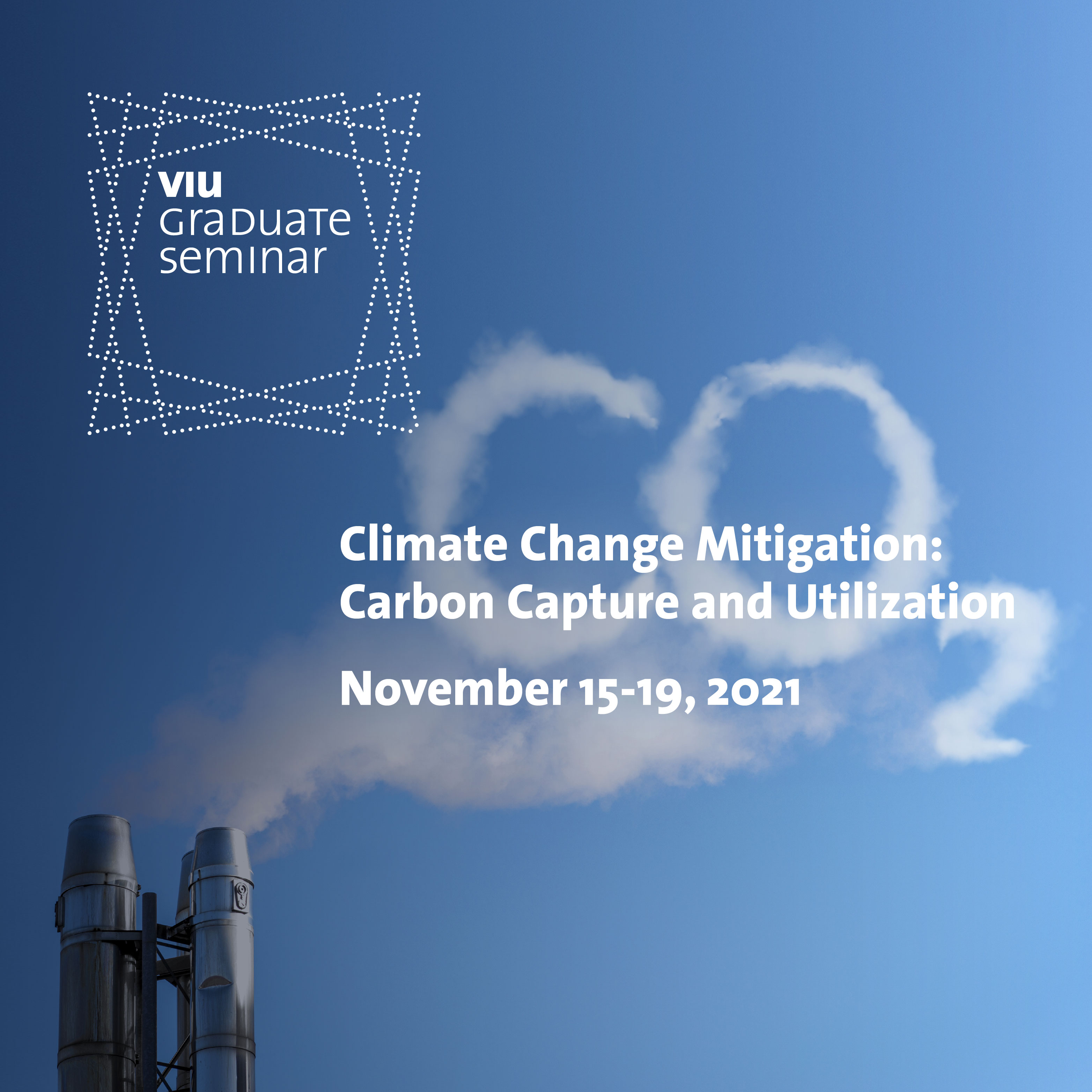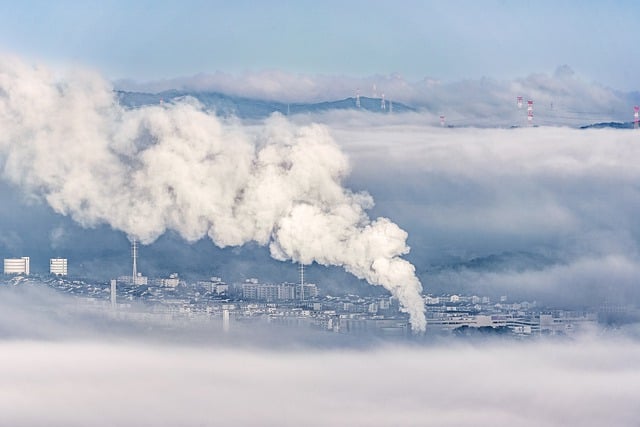
The State of Global Climate 2021 report was released by the World Meteorological Organization (WMO). This comprehensive report focuses on climate change 2021. It provides information on key indicators and discusses the impact of climate disruption on the world. It also provides information on the roles, responsibilities and responsibilities of organizations when managing climate change.
The report states that the world's temperature will continue rising at a rapid pace in the 21stcentury. Global temperatures are expected to increase by 1.5 to 2%. The possibility that coral reefs are completely covered in sea level rise is high if this trend continues. Additionally, increasing temperatures will likely result in more heat waves or droughts.

This report is one of several prepared by the WMO. These reports are authoritative and provide information about climate for policymakers. These reports are based six international data sets and draw on the expertise of a global network of experts.
Many parts of the globe were affected by extreme weather events such as droughts, floods, and heatwaves. These events had huge effects on people's lives and communities. They caused economic losses of hundreds of billions of US dollars, as well as the deaths of thousands of people. Some countries were harder hit than others like Pakistan and Haiti.
Despite the catastrophic effects of these extreme events there was some hope in the report. Parties that updated their Nationally Determined Contributions (NDCs), reaffirmed their commitments to limit greenhouse gas emission to levels lower than those in pre-industrial days. However, the current pledges will still lead to an increase of 13.7% in greenhouse gas emissions by 2030.
Overall, the WMO report demonstrates the need to take systemic actions. The report states that greenhouse gas emissions can be reduced by 68% if countries achieve their long-term goals by 2050.

The report details the impacts of climate change upon ecosystems and human health. Coral reefs could lose over 99% of their area if the global temperature rises by 2 degrees Celsius. As for watersheds, they will experience pluvial floods, which are floods caused by extreme rainfall.
Other effects are not directly linked to climate change. Many cities are still dependent upon fossil fuel subsidies that amount to $11million per minute. The IPCC found that poor water management can lead to more rainfall and intensifications of extreme rain.
The UN Climate Change Report's main goal is to identify how countries plan to achieve net-zero emissions by the middle of the century. 24 Parties filed new NDCs over the last year. Although most parties have increased their ambition, many have yet to set a clear plan for meeting their long-term commitments.
The report is a powerful reminder that the world must take immediate action to reduce carbon emissions. However, there are many uncertainties about the future of the global climate. There are also several net-zero targets that remain undefined.
FAQ
What role can the energy sector play in climate changes?
The role of the energy sector in climate change is immense. The primary cause of global warming is the burning of fossil fuels. It releases carbon dioxide into our atmosphere and traps heat. This causes an increase of average temperatures.
To address this, energy sources must move away from carbon-emitting sources, such as coal and natural gas, and instead transition towards renewable energy sources like solar, wind, and geothermal. This transition can be made through both government policy and incentives, as well as investments in innovative technology like hydrogen fuel cell. Businesses and homeowners can cut their emissions while reducing their electricity bills by investing in infrastructure that supports these renewable sources.
Other options include switching away from petroleum-fueled cars, moving towards electric vehicles, and public transport. Governments have great power to lead societies' transitions away from oil-based infrastructures by supporting research into battery technologies and incentivizing consumers to invest in cleaner modes of transportation.
Companies must also adopt green business practices to reduce their carbon footprint. This includes installing better insulation in offices and implementing energy efficiency plans at production plants. This can dramatically reduce operational costs, while improving environmental performance metrics.
These initiatives must not only be supported at the company level, but also at the federal level to be truly successful. Taxing pollution products increases individuals' willingness to adopt healthier practices. But this won't force them to compete with polluters. Instead, vouchers or subsidies for low carbon products will create a continuous market to support sustainability. In conclusion, tackling climate change requires a massive effort from both private industry and private citizens alike; switching to clean energy sources and adopting green practices are key aspects of fighting global warming which will positively affect generations now and are yet to come.
How does climate change affect the world's oceans and marine life?
What are the effects of climate change on oceans and marine life around the globe?
Since its inception, climate change has had a significant impact on the oceans and marine life of the world. The loss of the ozone coating and constant oceanic temperature increase causes significant disruptions in marine ecosystems.
Climate change is also responsible for unpredictable weather patterns and stronger storms, which can lead to dangerously high sea levels. Changes in temperature can lead to a decrease in oxygen levels, which could cause "dead zone" conditions in which marine life is scarce.
Ocean acidification can also be caused by climate change. Excess carbon dioxide is released into the atmosphere and accumulates in the oceans. Ocean acidification can raise pH levels, making it difficult for animals to adapt like crabs, clams or oysters.
Higher temperatures can also alter natural habitats by changing their geographic locations or shrinking them together, thus becoming uninhabitable for certain species that depend on them. An increase in ocean pressure can cause a drastic imbalance between predators & prey and lead to the extinction of many species.
Climate change has ripple effects on entire ecosystems, affecting multiple species directly and indirectly. Evaporation, lowering water volumes, or temperature shifts can all impact sustainable development of fisheries and other maritime activities. Global climate change continues to decimate entire species, changing future lives on earth and below the surface of the oceans.
How can the planet move toward a more sustainable world in the face of climate change-related challenges?
Sustainability means being able to provide for current needs and not compromise future generations' ability. Climate change is presenting new challenges. We need to take immediate action to end our dependence on finite resources.
To move towards a more sustainable future, it is important for us to reconsider our current models of consumption and production, as well as our dependence on natural resources such as fossil fuels. We must look for new technologies and renewable sources of power, as well as systems that lower harmful emissions and still provide our daily needs.
In addition, it is essential that we adopt an integrated approach when looking at sustainability. This involves considering all aspects of production from materials used, waste management and reuse strategies to energy use in transportation and industry. A wide range of potential solutions exists including the utilization of renewable energies such as solar, wind, and hydropower; better waste management systems; increased efficiency in agriculture; improved transport networks; green building regulations; and sustainable urban planning initiatives.
To achieve this goal, we need to make behavioral changes in order for people from all walks of society to be successful. Education programs are needed which will support people in understanding the issues related to climate change and how they can contribute positively towards a more sustainable world through micro-actions such as reducing food waste or adopting low-carbon lifestyles.
Only through cooperation between citizens, business leaders, and governments will we ever be able make substantial progress towards creating a sustainable world for future generations.
Statistics
- Fossil fuel production must decline by roughly 6 percent per year between 2020 and 2030. (un.org)
- The 10 countries with the largest emissions contribute 68 percent. (un.org)
- This source accounts for about 10% of all the water that enters this highly productive farmland, including rivers and rain. (climate.nasa.gov)
- According to the 2014 report on Climate Change Impacts, Adaptation, and Vulnerability (page 8) from the United Nations Intergovernmental Panel on Climate Change, governments at various levels are also getting better at adaptation. (climate.nasa.gov)
- Indigenous peoples and local communities receive less than 1% of all climate funding despite scoring wins for people and nature Africa's broken food markets must be fixed to tackle hunger (climatechangenews.com)
External Links
How To
How to Reduce your Carbon Footprint and Fight Climate Change
There are many steps that you can take to reduce your carbon footprint and help fight climate change. First, invest in energy-efficient appliances and lighting. You can also save electricity by unplugging electronics when they are not being used, using public transit, walking and turning down the thermostat in the summer and winter.
Second, make sure to recycle materials whenever possible and compost food scraps instead of throwing them away so they don't end up in landfills where they release methane gas into the atmosphere. Third, plants trees around your house for shade and natural cooling. The air absorbs carbon dioxide through the vegetation. Additionally, look into purchasing products with minimal packaging.
Not only can you reduce your personal emissions but you can also support organizations like The Nature Conservancy Canada, Climate Change Solutions and Emissions Reduction Alberta.
Making small changes in our daily lives can help us all fight climate change together.